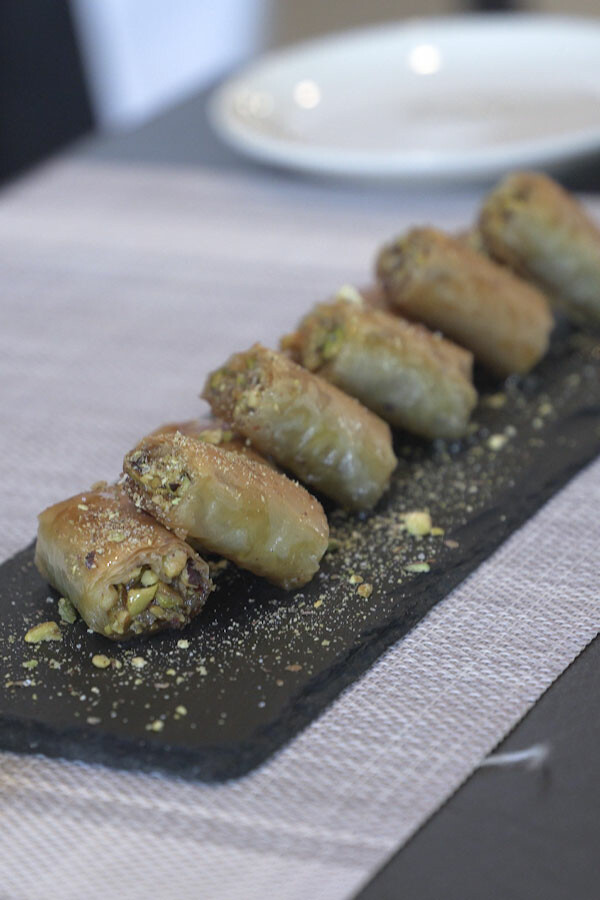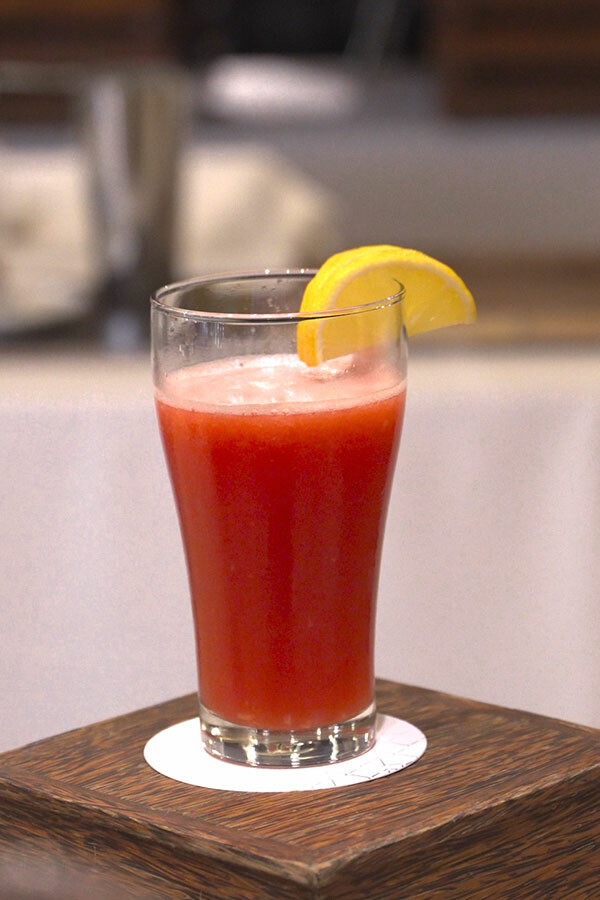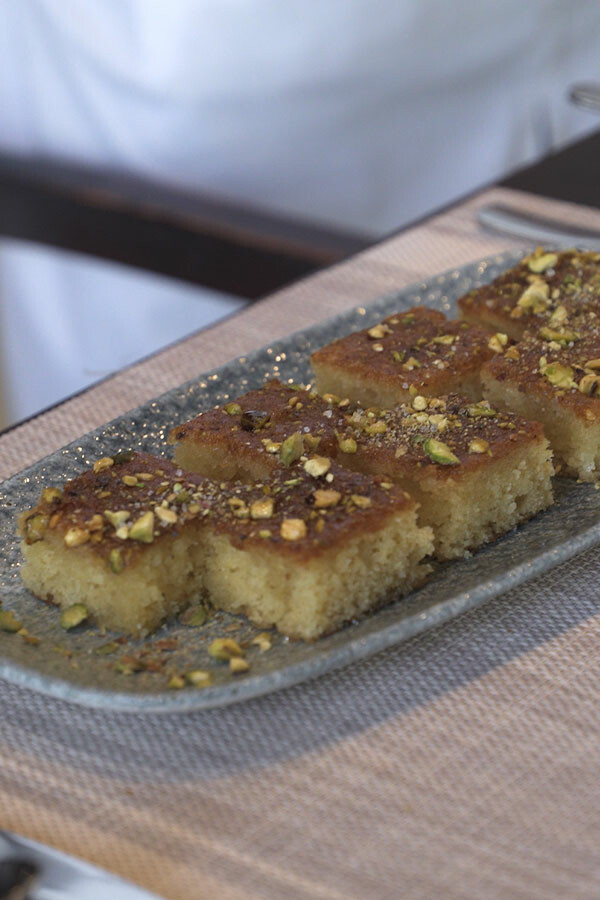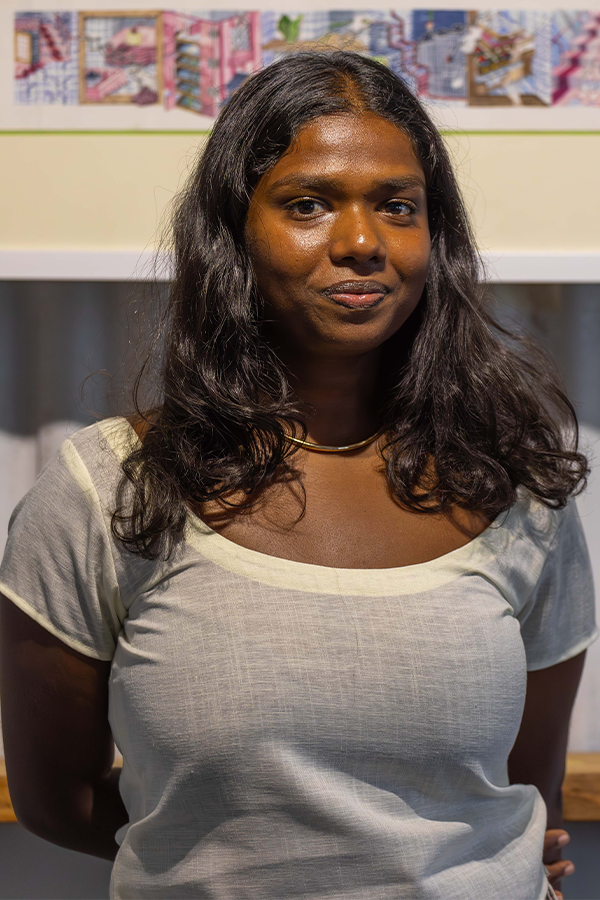
Occupied Vacancy: A Dialogue Between Structure and Freedom
Zuha Bari’s debut solo exhibition, Occupied Vacancy, offers a compelling exploration of the tensions and relationships between the structured world of architecture and the liberating possibilities of art. The title itself, Occupied Vacancy, evokes a world of contrasts—places that are both filled and empty, spaces that exist between construction and deconstruction, and scenes where the end and beginning blur together. This tension lies at the heart of Zuha’s work, inviting viewers to pause and ask questions, to see beyond the immediate.
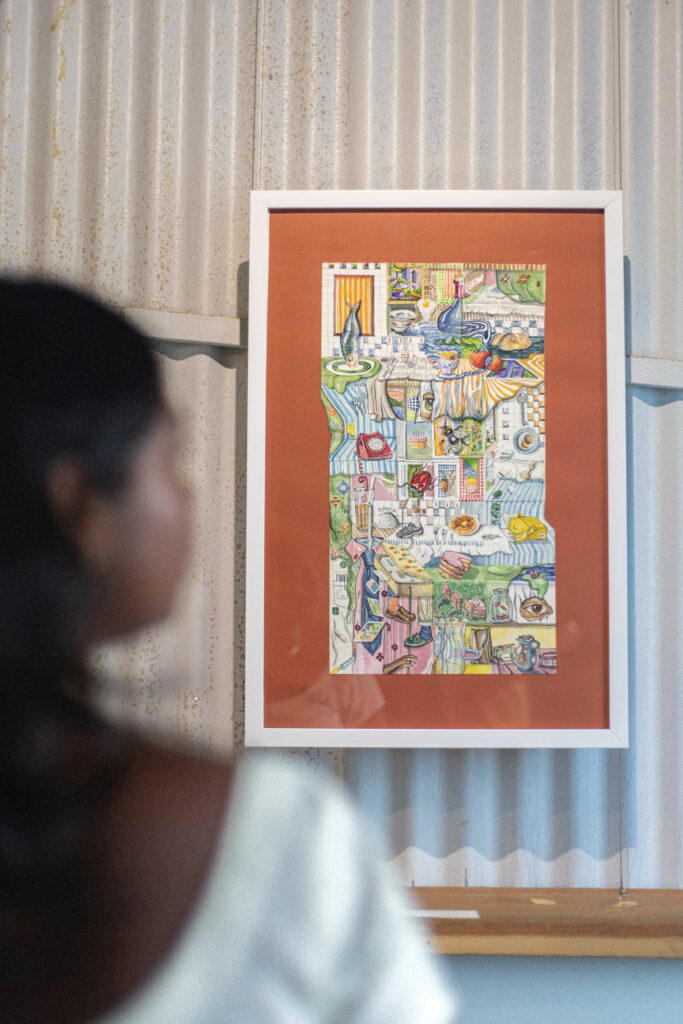
The Concept Behind Occupied Vacancy
Each painting in the exhibition reflects this constant juxtaposition, with spaces and elements that seem to construct themselves only to fall apart.
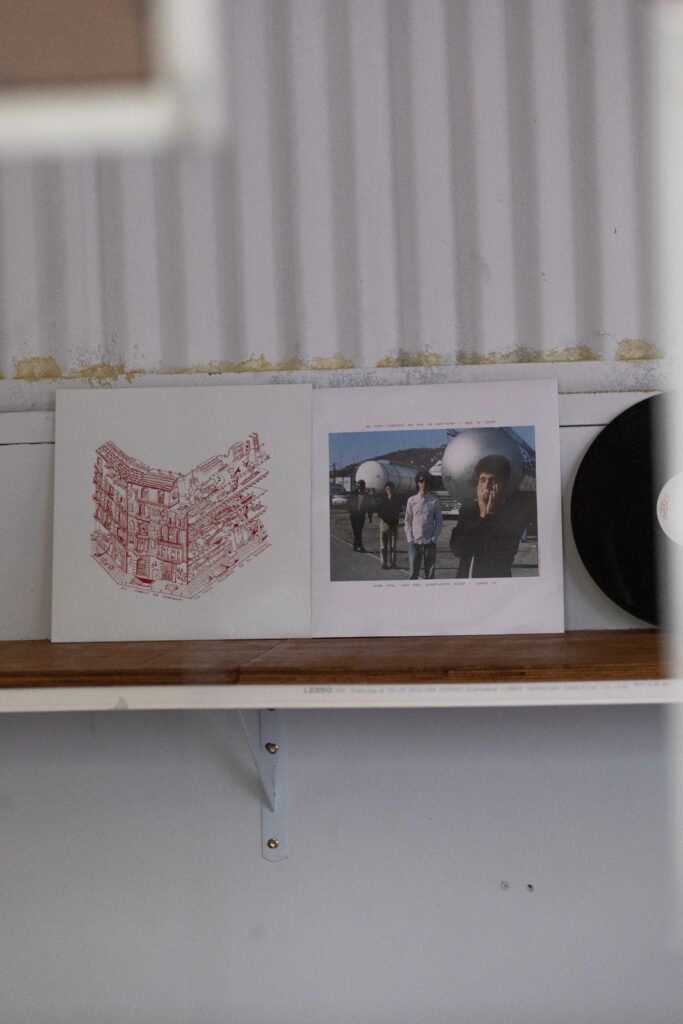
“These works are a production of the fine line between the architectural and artistic world that I navigate in my day to day life,” Zuha explains. "There are a collection of works from the past 4 years, initially developed not with the intention of preparing for an exhibition, but rather as personal explorations."
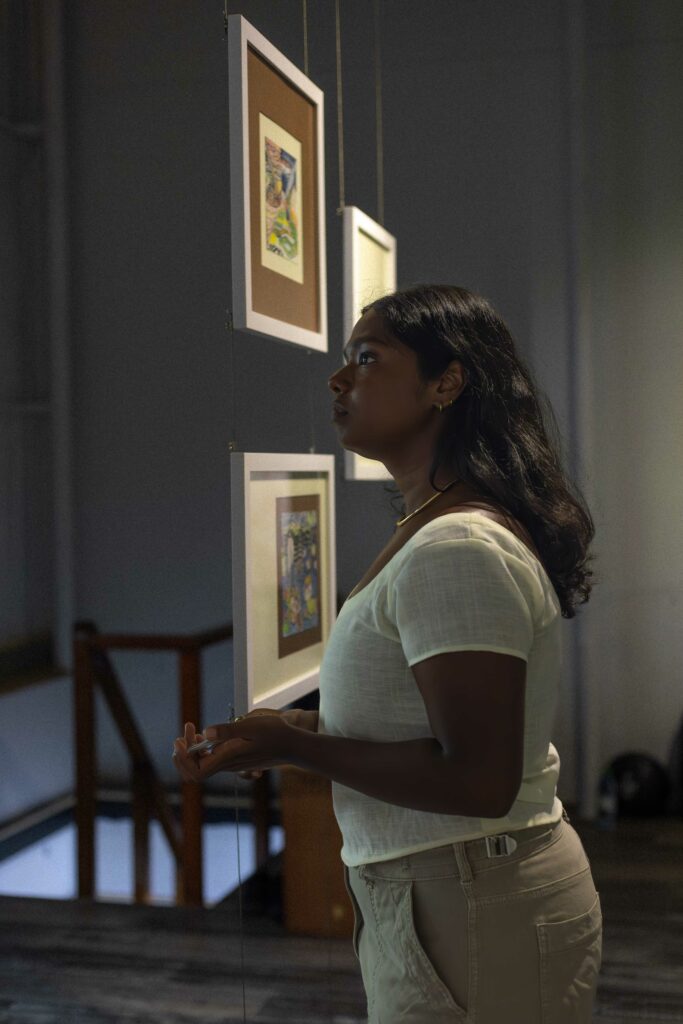
Balancing Architecture and Art, & the Creative Process
Zuha’s architectural background deeply informs her artistic process. As an architect, she grapples with the realities of constructing functional spaces. However, her paintings represent a freedom beyond those limitations, enabling her to explore ‘what if’ scenarios. “There are certain limitations in daily architectural work, but in my paintings, I take that freedom to ask ‘what if’ and create surreal spaces that may not be feasible in the architectural world,” she shares. Her works are a vivid expression of the boundary between these two worlds—the built and the imagined.
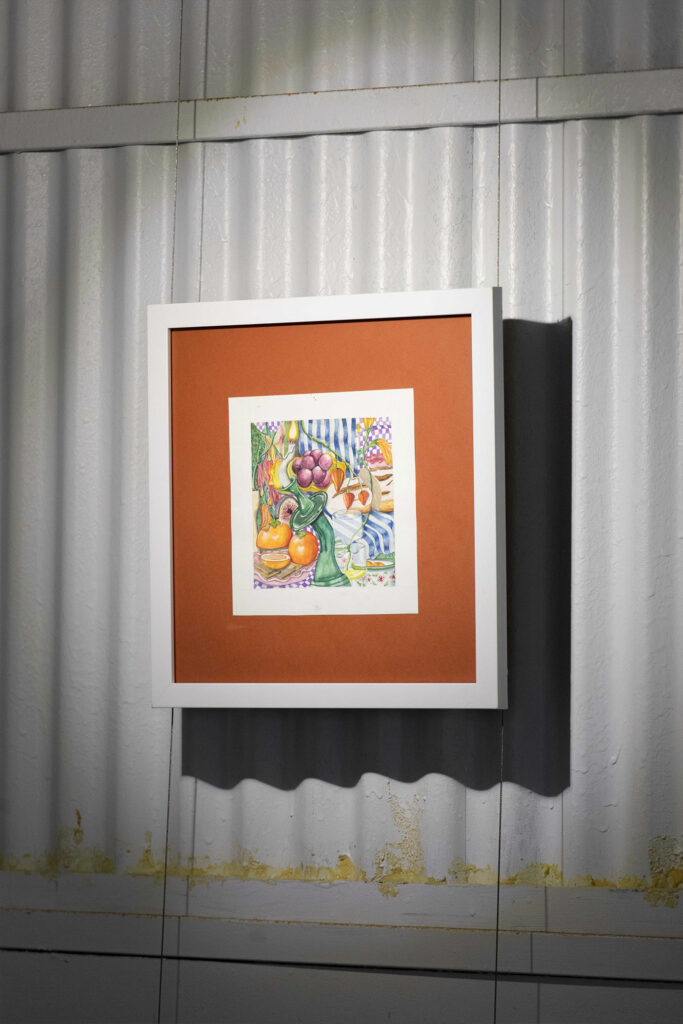
Her creative process is meticulous yet fluid. Each piece starts with a study, as if she were crafting a narrative or constructing a building. “I treat it like we would build a space,” she notes. The protagonists of her paintings—fragments of mundane scenes or objects that leave her curious—are carefully selected, but the end product rarely mirrors the initial concept. The storyline evolves as she paints, allowing for a nonlinear creative process that invites spontaneity and exploration. “I often forget my starting point, and that’s the beauty of it,” she adds.
Cultural Roots and Subtle Messages
A key element that stands out in Zuha’s work is the subtle integration of her cultural roots. “I leave many Easter eggs in the paintings—messages tied to our roots and traditions,” she explains. Coming from a culture rich in heritage, Zuha feels that these subtle nods to her traditions keep her grounded, while also encouraging viewers to reflect on their own connections to the past.
Working with curator Nabyl has also been a transformative experience for Zuha, helping her view her art from a fresh perspective. The collaboration was a key part of bringing Occupied Vacancy to life. “It’s been so new for me to work with a curator, but the conversations came naturally, and it was refreshing to have someone understand my work,” she reflects.
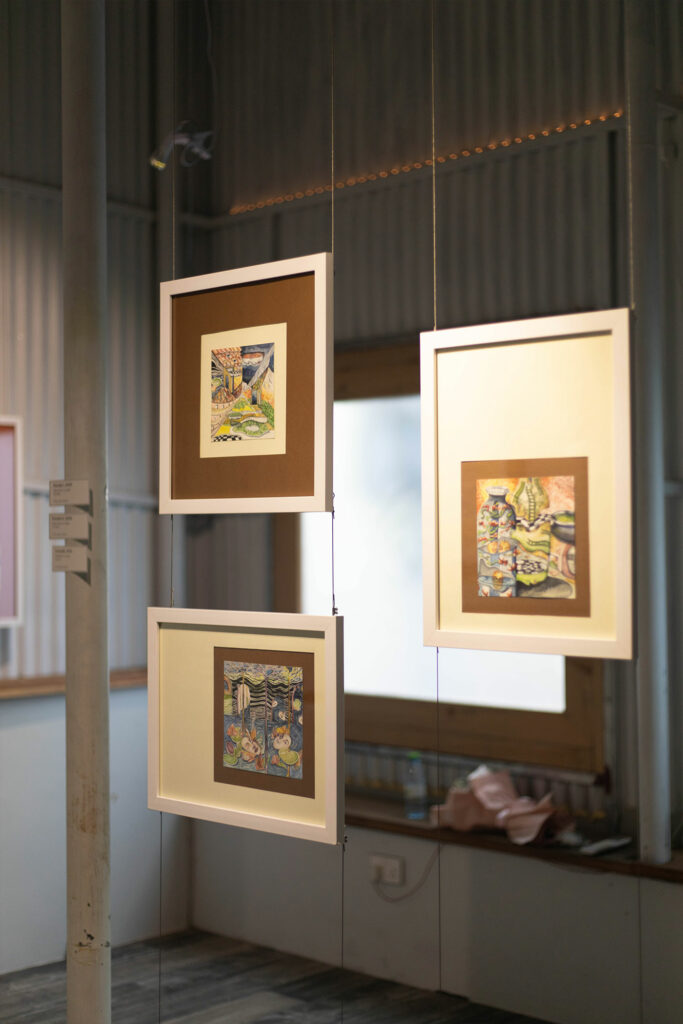
For Zuha, the exhibition is not just about presenting a finished product—it’s about the process. “It’s really important to give time and care to your personal projects and to take them seriously,” she advises. Throughout her creative journey, Zuha has embraced the non-linear, back-and-forth process that art often demands. It’s this willingness to explore, revise, and re-imagine that keeps her work dynamic and ever-evolving.
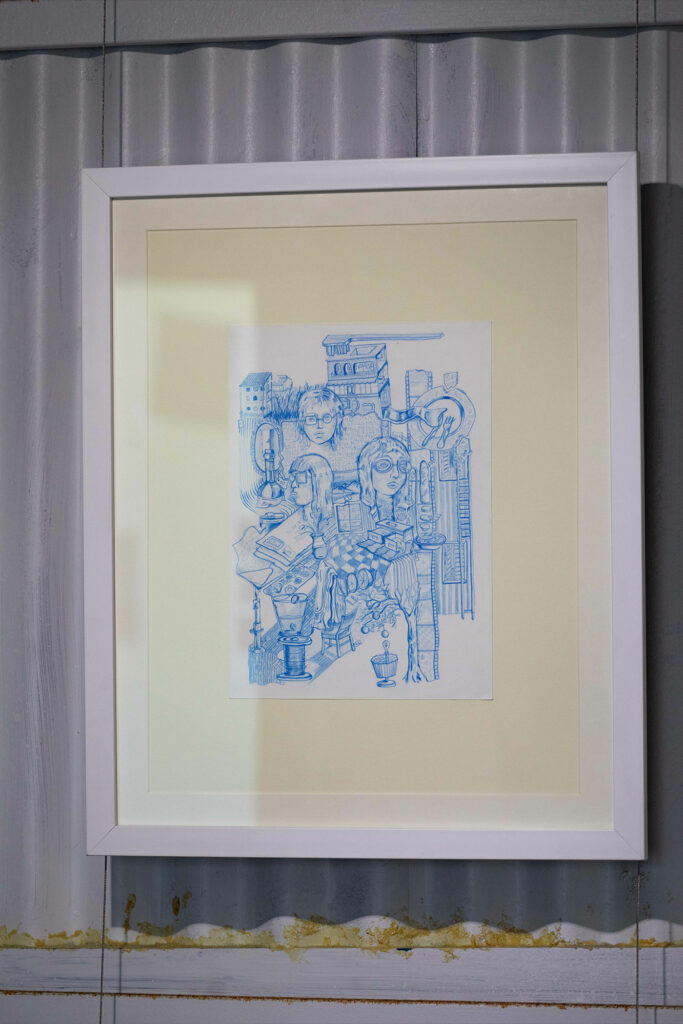
Zuha Bari’s creative journey is deeply rooted in her upbringing, where both her parents played pivotal roles in shaping her approach to art. Her mother’s creativity inspired a love for making things, often spending time together exploring different materials, textures, and drawing with various mediums. Meanwhile, her father’s scientific mindset encouraged her to think outside the box and approach problems with unconventional solutions. This blend of creativity and analytical thinking laid the foundation for her unique artistic style, where seemingly random elements and materials come together with a sense of purpose.
As viewers leave the exhibition, Zuha hopes they walk away with a sense of wonder and curiosity, much like the questions that fuel her own process. “I hope they ask the same ‘what if’ questions I did when creating these paintings,” she says.
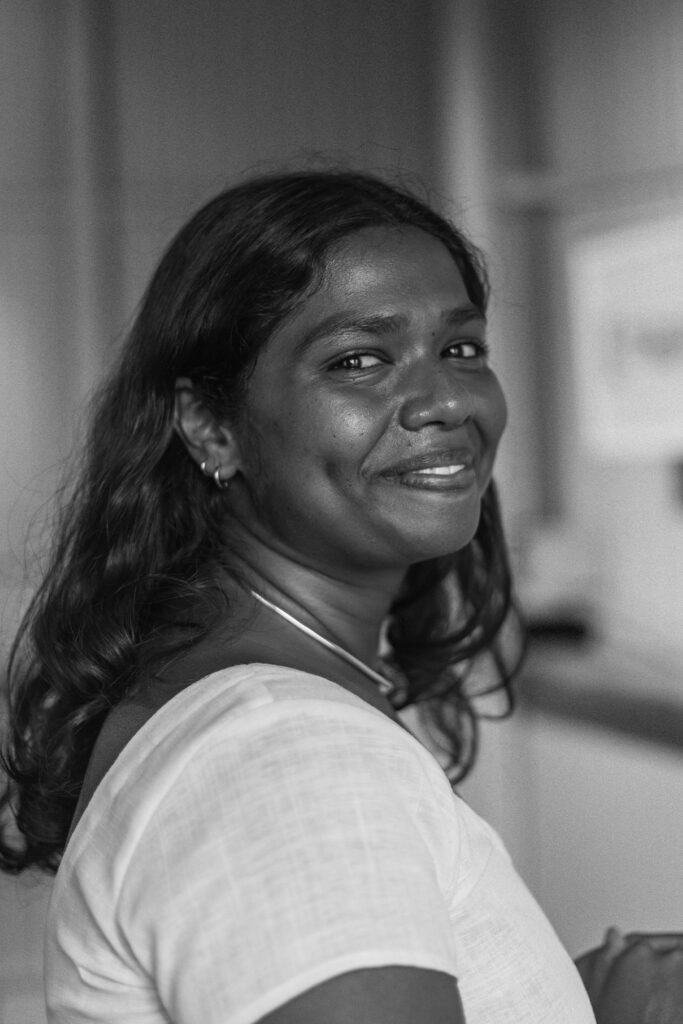
Occupied Vacancy is a reflection of Zuha Bari’s unique ability to navigate the intersection of architecture and art. Her work pushes the boundaries of both disciplines, encouraging us to see beyond the surface and consider what might lie beneath. Whether constructing or deconstructing, occupied or vacant, her spaces invite us to pause, reflect, and wander.
The solo exhibition is open for public until tomorrow.






